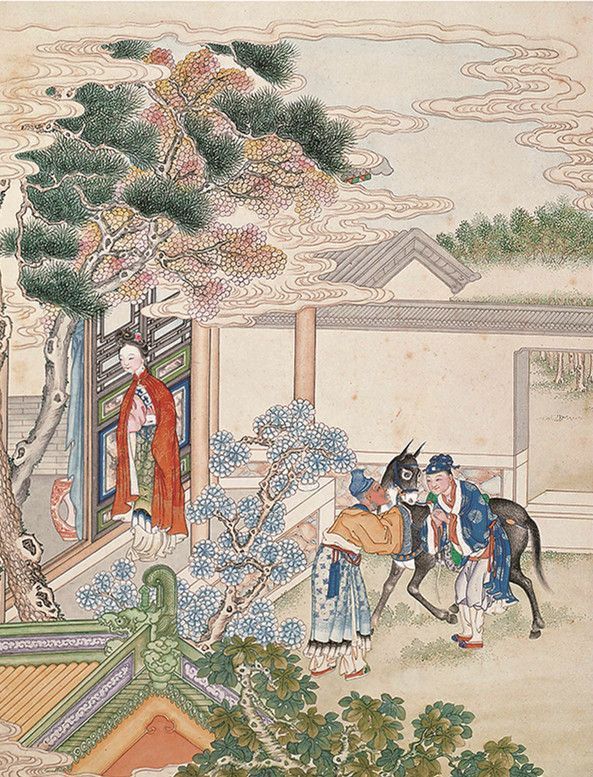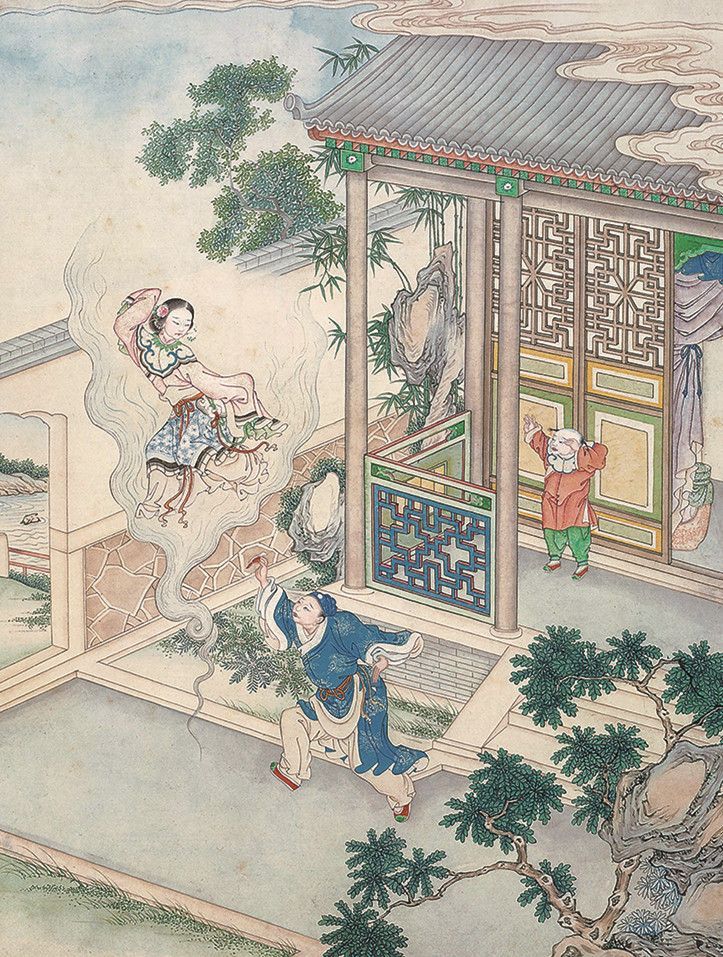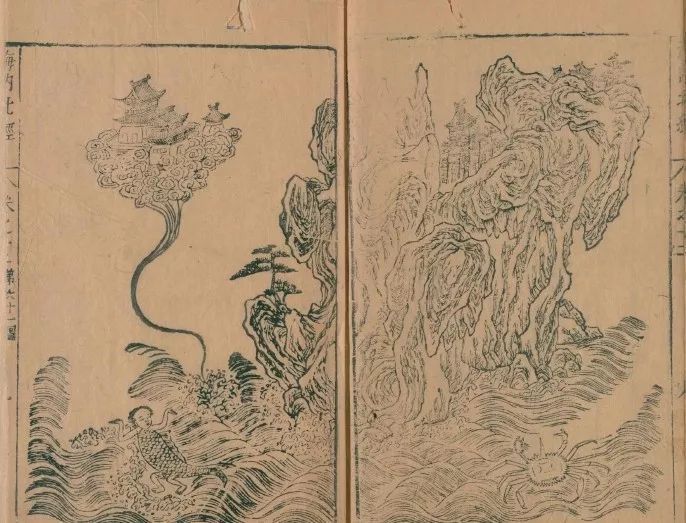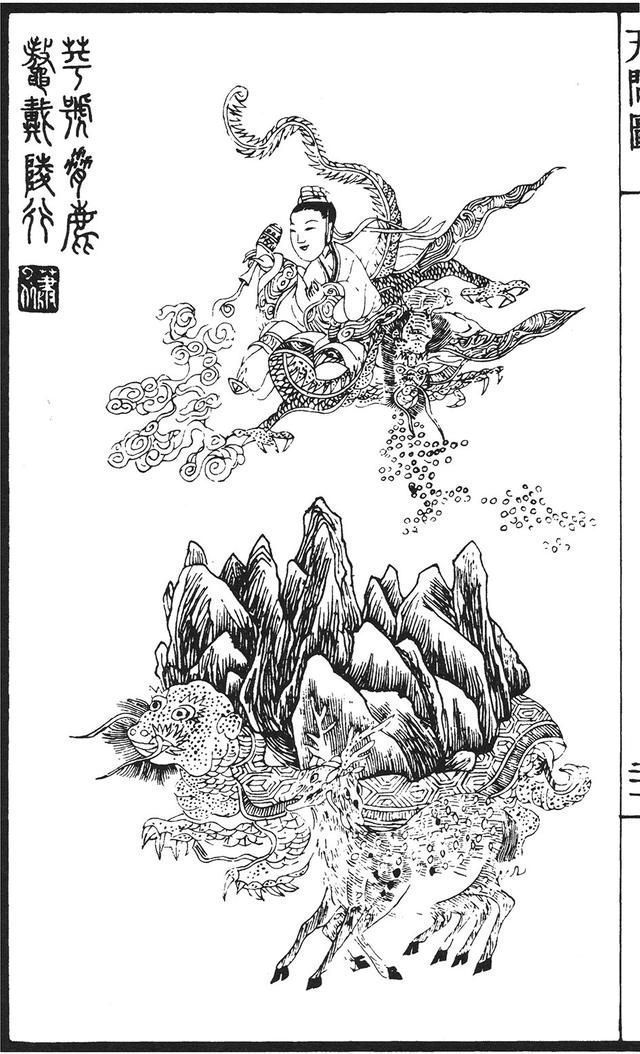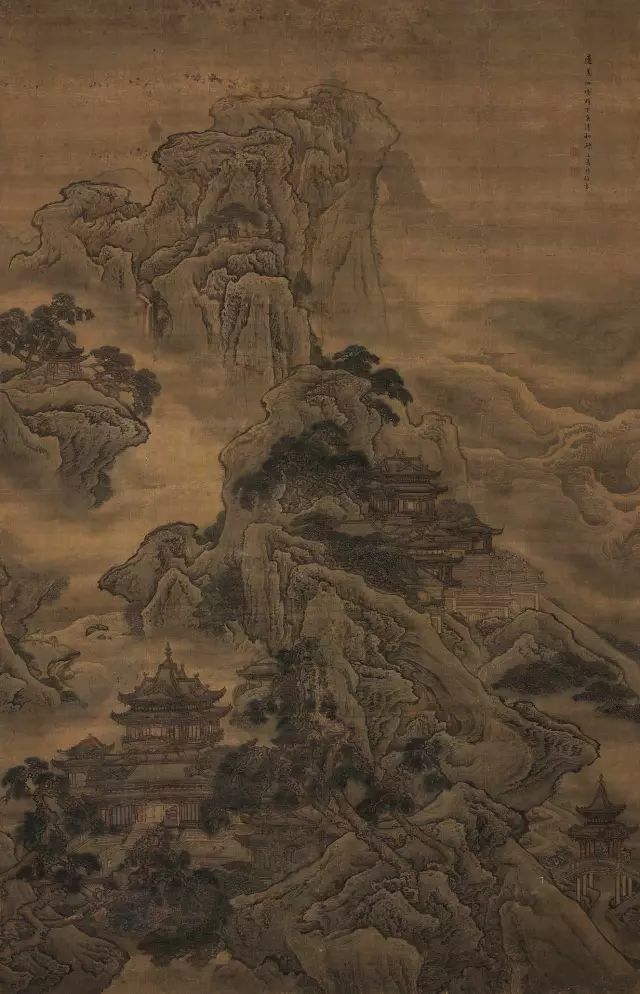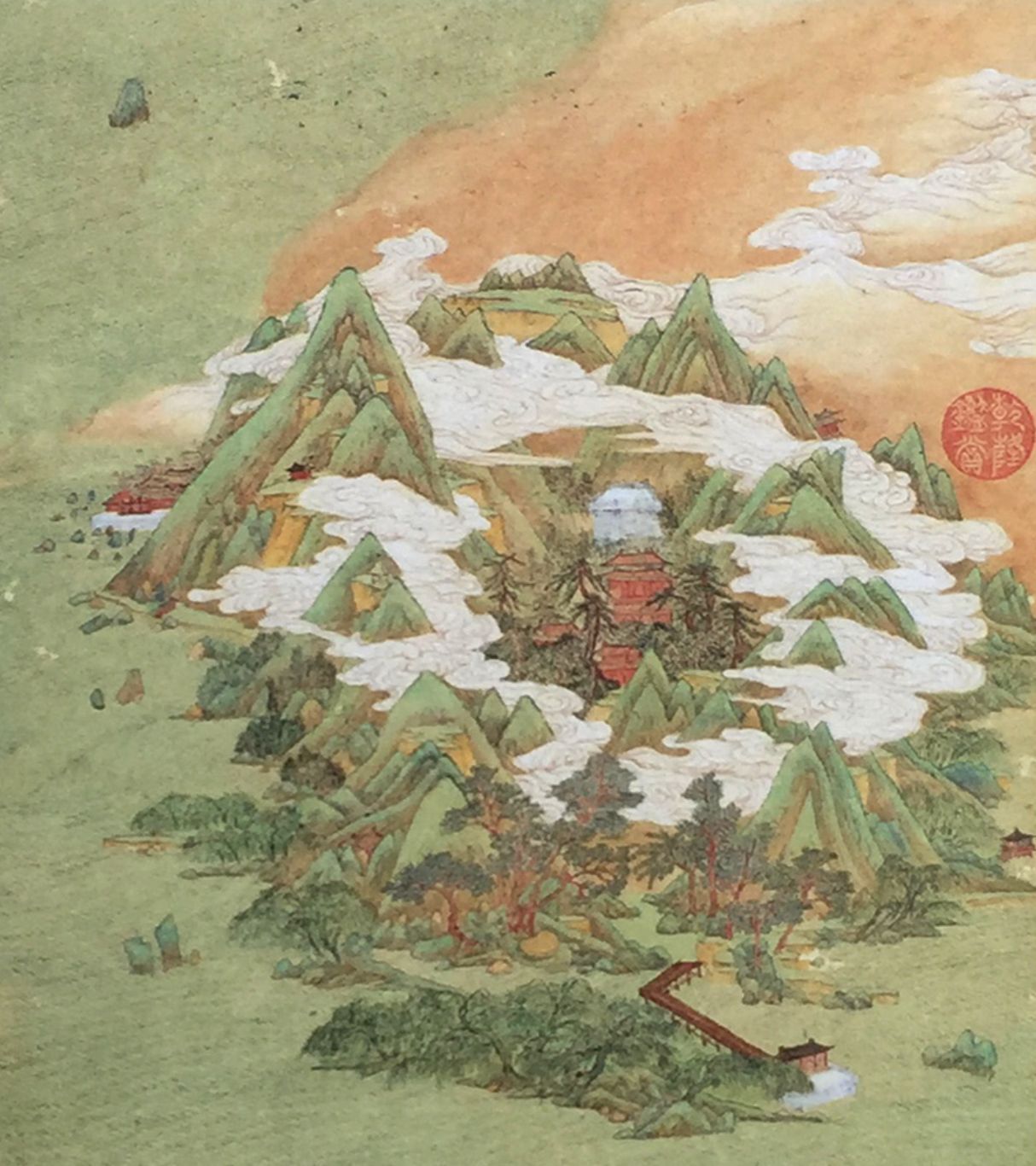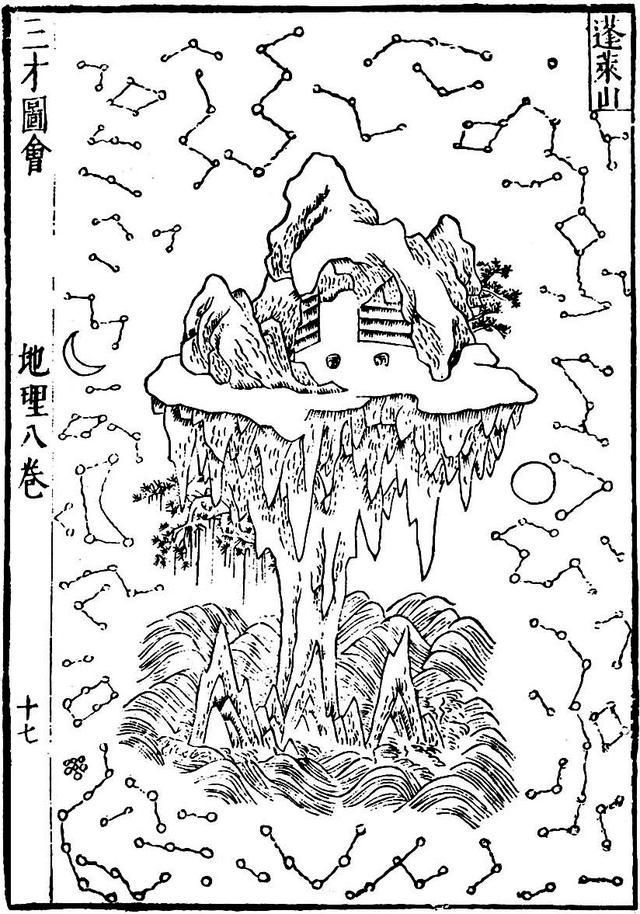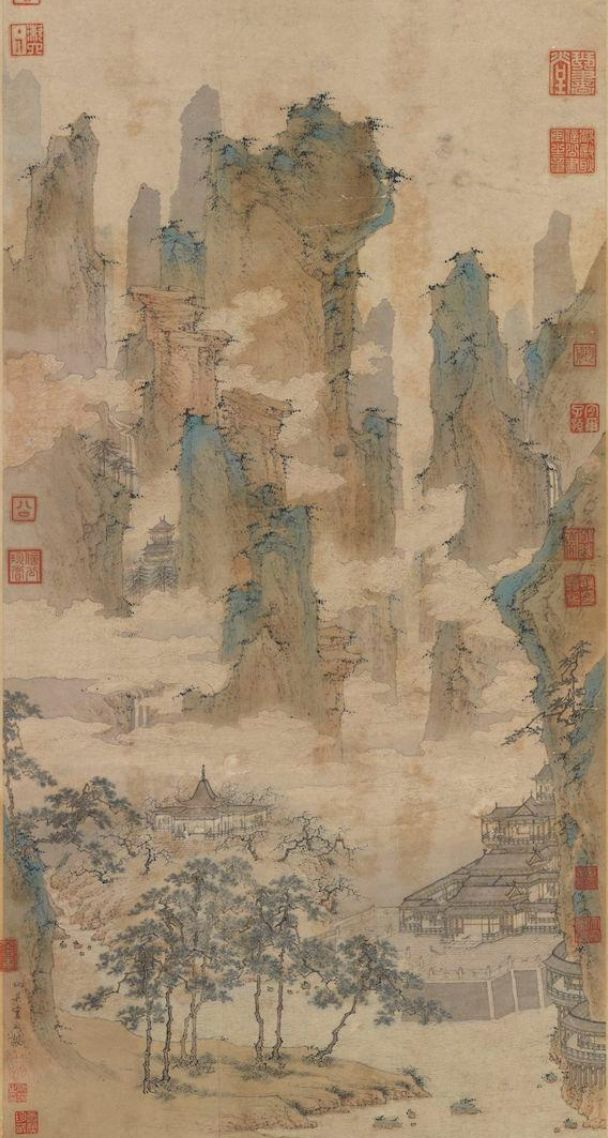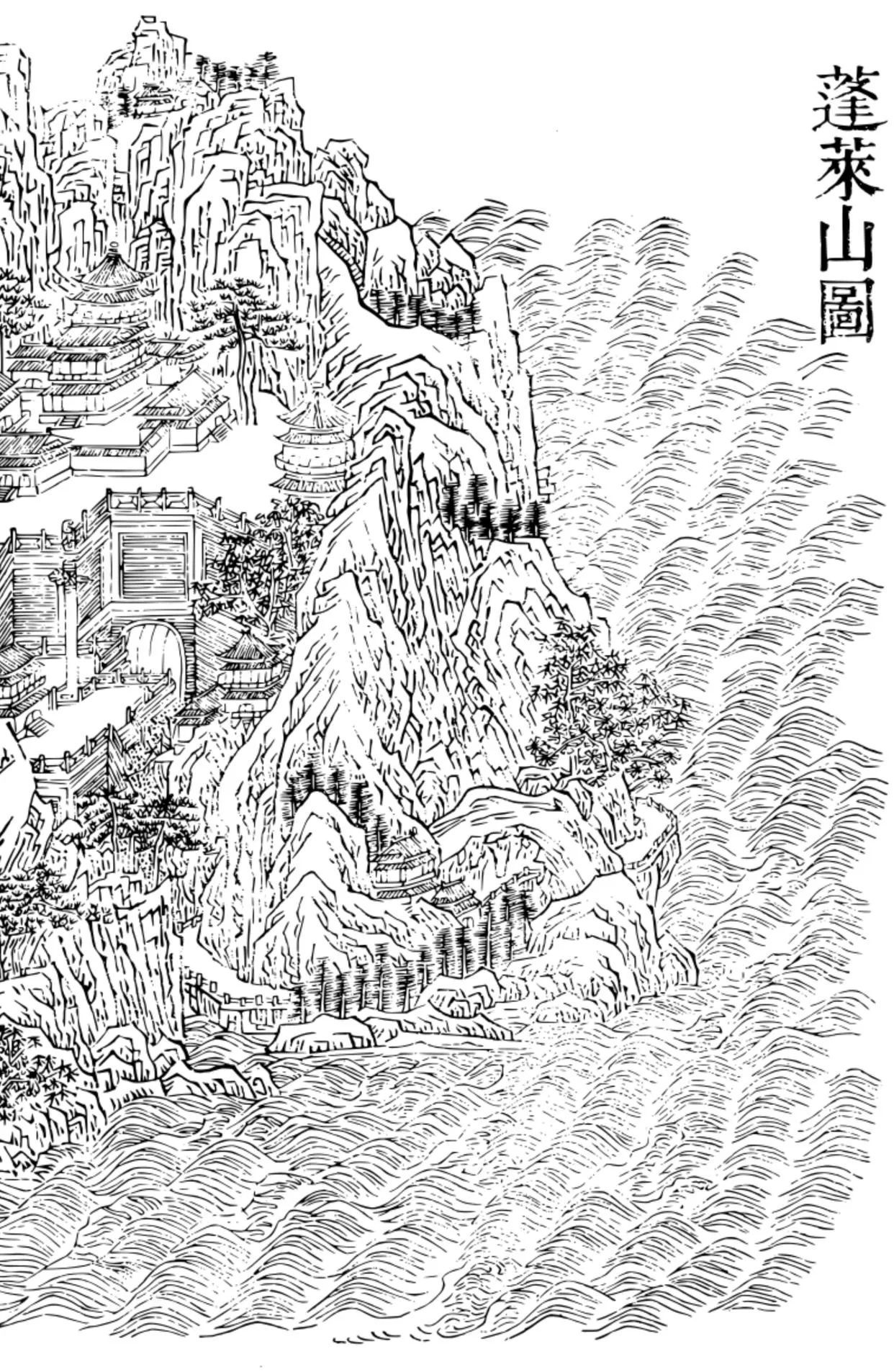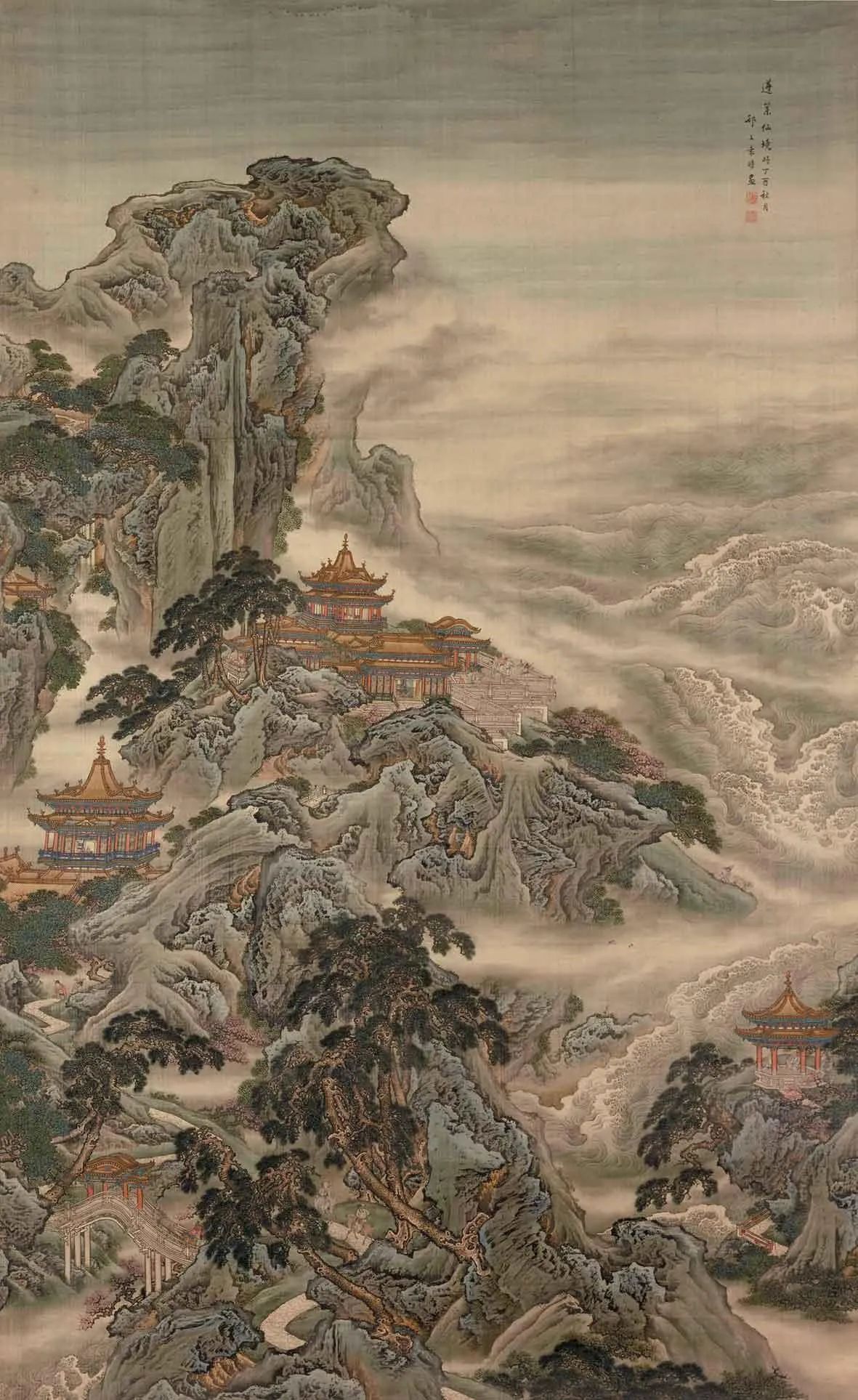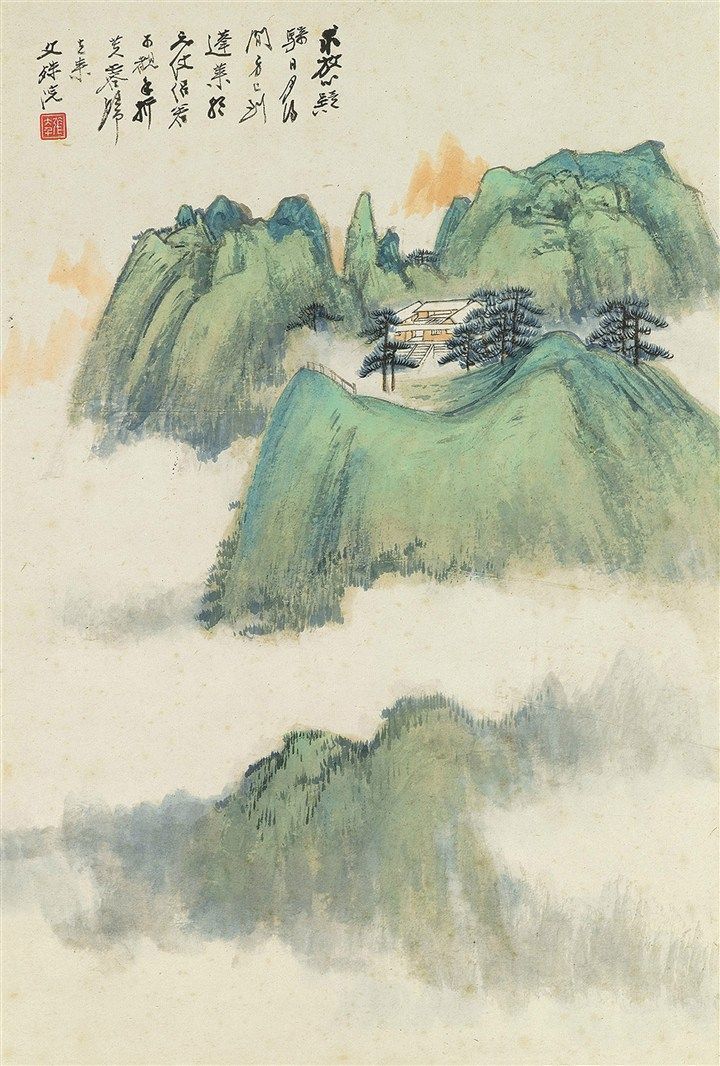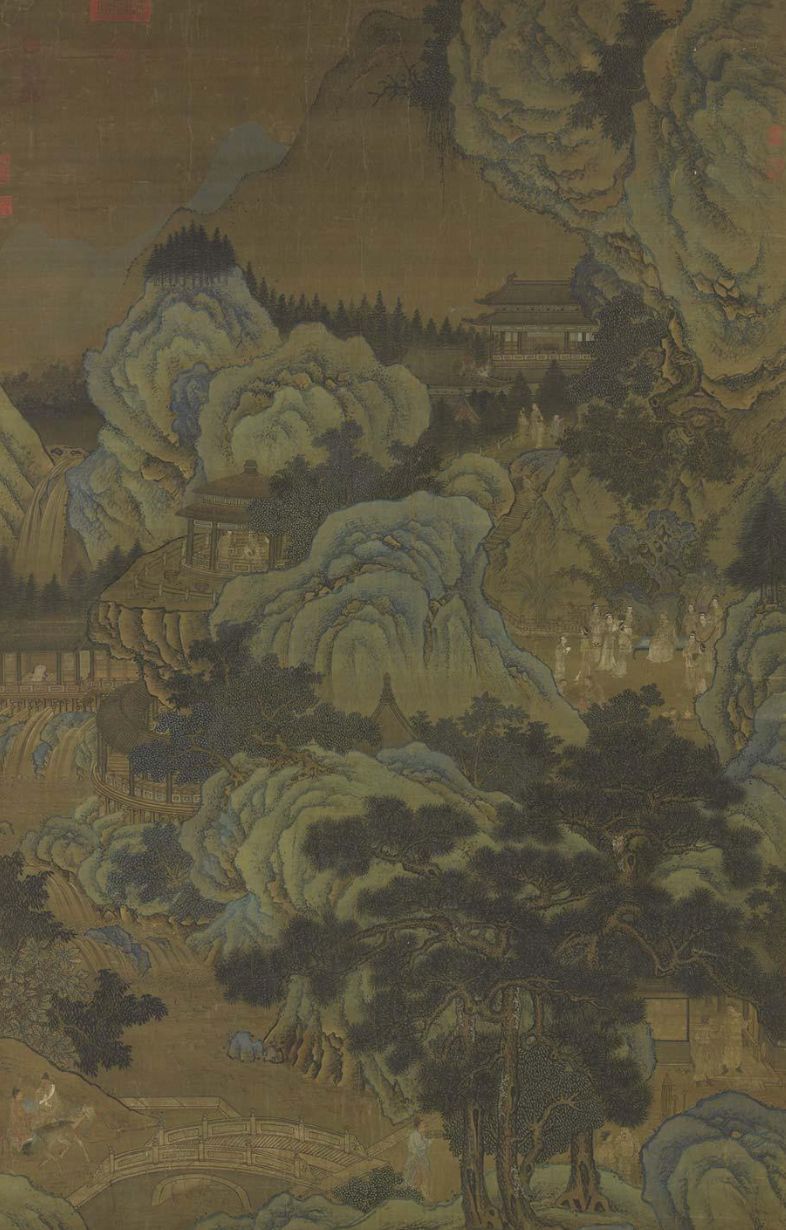Illustration for 《辛十四娘》in《聊齋誌異》
The story tells of Xin Shisiniang(辛十四娘), a beautiful woman in red who is a kind-hearted fox spirit, aspires to help others and become an immortal.
Although she is a fox spirit, she has a kind heart. She lives with her fox father and 18 sisters in a dilapidated temple. She is named Shishier because she is the 14th of 19 sisters.

